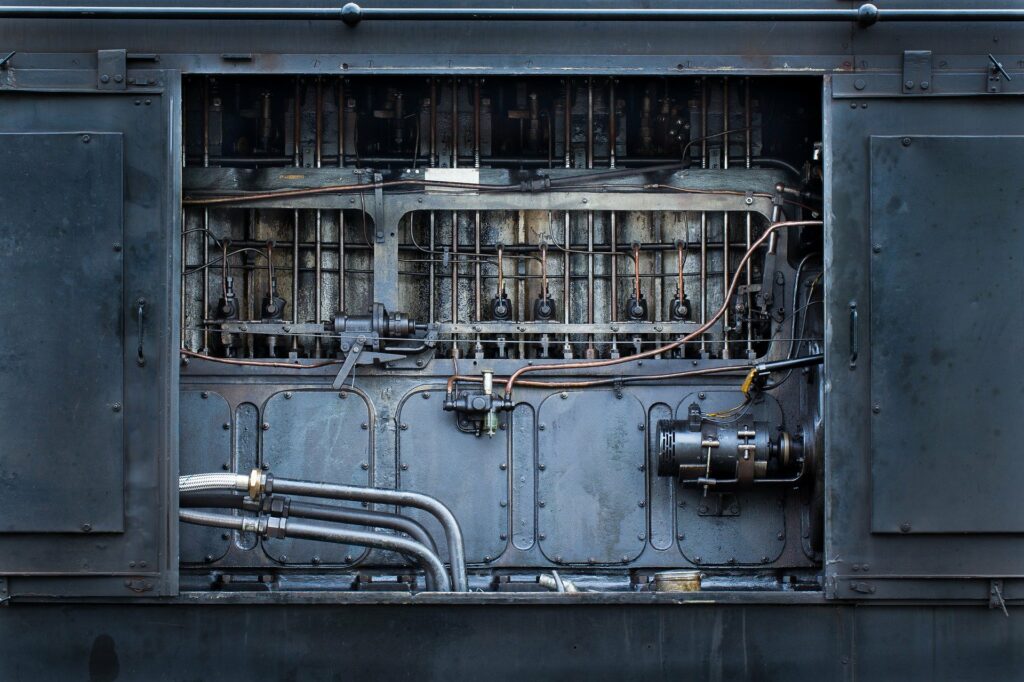The Role of Technology in Protecting the Climate
While technology is progressing rapidly, scientists and environmentalists are busy figuring out the most reliable way to reduce carbon footprint. The level of carbon dioxide in the atmosphere is rising drastically. Add to this the deforestation, global warming, and the melting ice, and you will know why these environmental problems are affecting our planet. Climate change, for example, has become the biggest cause of concern today. Amidst all this, a common question of people is, “how can the technology help fight the environmental crisis, and what role does it play in protecting our environmental resources”?
Technology plays an important role in reducing our environmental impact. Take Artificial Intelligence, for example. It has enabled autonomous vehicles that can be driven without a driver’s assistance. Offering seamless and quick navigation, these driverless cars contribute to the planet by lowering the amount of carbon dioxide emitted into the atmosphere. That was just one example. There’s no doubt that technology has the potential to reduce carbon footprint. Here are a few more ways how technology helps the climate and our environment.

We Need Less Energy for Our Daily Chores
Electrical appliances have become energy-efficient today. Incandescent lights are now replaced with LED light bulbs that consume significantly less energy than traditional lights. These bulbs last for over a hundred years. They might be expensive, but this small investment will pay for itself in a few years. It reduces the number of lights being thrown into the trash, thus minimizing the waste accumulated in the landfill.
New HVAC units are more efficient than window air conditioning units. Simple steps like upgrading your electric heater or replacing the outdated washing machine with the latest model can help lower your electricity bills.
At the same time, as technology has advanced, so has our reliance on electrical appliances. Robotic vacuum cleaners, alarms, electric doorbells, and dishwashers were not mainstream a few decades ago. The modern appliances, however, offset the increased use of electrical appliances. For instance, modern washing machines use 25% less energy and 75% less water than the washing machine used a decade ago. This goes for all electrical appliances, including a dryer, TV, and refrigerator.
Focus has Shifted to Renewable Sources of Energy
Fuel and oil are non-renewable resources. Environmentalists have been focusing on renewable sources of energy for the past few decades. The goal is to encourage renewable energy sources so that people can benefit from the low electricity costs while reducing their carbon footprint. The best example is solar panels. These work as the power grids that store energy from the sunlight and power your home throughout the day.
You don’t need to buy an electricity plan. These panels store energy and supply adequate power for hours. Scientists have also discovered modern batteries and fuel-efficient energy storage devices that keep your home lit and power your electrical appliances using renewable energy sources. Wind and water are other renewable sources used extensively for energy production. These are the most sustainable ways of generating electricity.
Protecting the Wildlife
With deforestation becoming more prevalent, more and more animals are becoming extinct. If the natural habitat of these species keeps getting destroyed at the current pace, chances are our future generation will grow up without seeing polar bears and pandas. Unfortunately, a large number of trees are being cut every day due to the growing demand for paper, wood, and other resources. Another problem is the constant animal poaching.
Scientists use smart sensors and geo-spatial technology to track the activities of endangered species and keep an eye on their movements. Gene sequences technology is another popular way to protect endangered species from developing chronic and genetic diseases like cancer. Drones are used to monitor forests and predict forest fires and other natural disasters in advance so that environmentalists and governments can take necessary steps to protect the wildlife. Also, predictive analysis is conducted regularly to collect information about different species and the number of species in different parts of the world.
Eco-friendly Food Production
Technology has also improved our ways of farming. People are now more conscious about farming methods to ensure that our actions do not cause any damage to the environment. Farming equipment is more energy-efficient and cost-effective than ever before. The best part is that modern agricultural techniques are used for producing 10 times more crops on the same land than traditional methods. Besides, these techniques are used for modifying crops so that the same amount of land can produce high-quality and a wide variety of crops.
Environment-conscious customers have reduced meat consumption. It is believed that meat production is one of the biggest causes of environmental issues, like climate change and increased pollution. Meat is now also grown in labs, thus minimizing the land used for crop production for raising animals. The best part is that this is believed to be comparatively healthier and more nutritious than normal animal meat.

Recycling is Gaining Immense Popularity
We all are familiar with the three vital R’s — Reduce, Reuse, and Recycle. Recycling is an effective way to convert waste into something useful. Household waste can be repurposed into other important things. Recycling comes with many benefits. It reduces the amount of waste thrown into the landfill, especially the non-biodegradable waste that takes thousands of years to decompose completely. Secondly, recycled materials require less energy for production than manufacturing these products from raw materials.
As technology has advanced, it’s become more environment-friendly and cheaper to produce new products from used items instead of using raw materials every time. Aluminum and steel are the best examples. These metals need considerably less energy for production when they are made from recycled materials. Plus, the manufacturing process is also environment-friendly. It results in less carbon emission. Now that people are more aware of recycling, they don’t throw waste into the trash immediately. Instead, people have started sorting the waste items to get a better idea of whether the material can be recycled. Even plastic can be recycled. Imagine the amount of land we can save by sending plastic and other waste items to the recycling center. Not only will it reduce pollution, but it can preserve our natural resources.
Less Pollution in Cities
Transport is one of the leading causes of air pollution, air travel specifically. However, the growing concern around the activities that pollute the environment has made people reconsider their choice of transport. As mentioned above, Tesla and other car manufacturing companies are focusing on autonomous vehicles that make navigation easier, thus reducing traffic and air pollution.
The aviation industry is also showing interest in making fuel-efficient planes and using aircraft parts that consume less energy. While it may not eliminate pollution altogether, it is one of the few effective ways to control air pollution to a great degree. People choose eco-friendly transport. Cycling and walking are the best ways to reach your office and travel to other short-distance places. It doesn’t have any environmental impact. Electric vehicles have also become a popular trend these days. EVs consume less energy and emit lesser carbon dioxide as compared to the fuel-based vehicles. Likewise, the technology has introduced many innovations in the transport industry, enabling people to choose a sustainable mode of transport and reduce their carbon footprint.
Reduce Water Pollution
Plastic bottles, dishes, and other waste materials collected around the oceans harm marine life. Fortunately, the advanced detection system has enabled environmentalists to use robots that float around the river to catch plastic and other waste from the water. Net is also used for collecting garbage from the river, purifying the water and making it safer for the marine life. However, these technological advancement is not enough to contain the waste production and the plastic waste dumped into the ocean.
We are expecting the cities to become environment-friendly and greener in the coming years. Technological innovation and the goal of transforming urban areas into smart cities are a few things that will reduce the level of air and water pollution in cities, making them cleaner and greener. As mentioned earlier, a shift from fuel to electric vehicles has reduced city carbon emissions.
We Share More Information about the Environment
Instant messaging and social media apps have made communication a whole lot easier and smoother for people from all over the world. Social media doesn’t only keep us in touch with our friends, but it has enabled people to share information about the latest technological advancements and environmental campaigns with their families and friends. We can share environmental issues and creative ideas to reduce our carbon footprint.
People have also come up with many global environmental campaigns, in which, hundreds of thousands of people participate to make this world greener and more energy-efficient. There are plenty of mobile apps that give us insights into our energy usage. We can track the electricity used by different appliances. This helps us update some devices, switch the outdated appliances with new models, and take steps to reduce carbon emission.


Responses